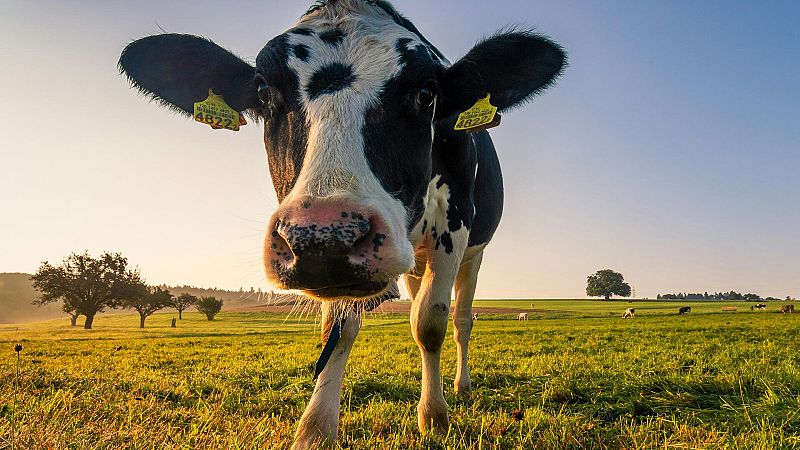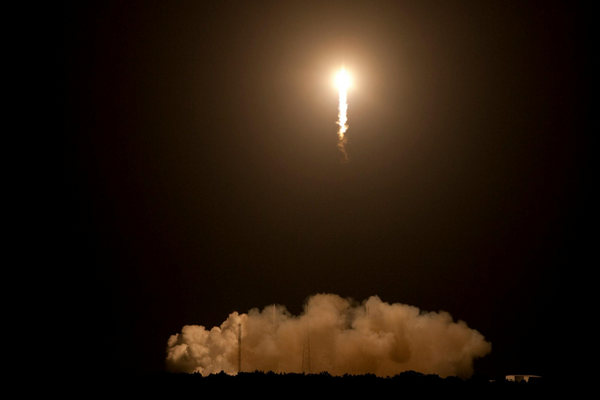
A single day of extreme heat can cut milk production by 10 per cent. And it doesn’t stop there – the effects of heat stress on dairy cows can linger for more than a week.
That’s the finding from a comprehensive assessment of how rising global temperatures affect livestock, published this week in Science Advances.
Researchers focused on Israel, considered one of the world’s most innovative dairy-producing countries because of its high milk production per cow and use of advanced technologies. Even there, widespread adoption of fans, ventilation and water-spraying systems only mitigated half the losses – and less on the hottest days.
“Even the most high-tech, well-resourced farms are deploying adaptation strategies that may be an insufficient match to climate change,” co-author Eyal Frank said in a release.
What happens to cows during high heat?
The research team tracked more than 130,000 cows over 12 years, using detailed weather records and farm surveys. The threshold for heat stress quickly became clear. When “wet-bulb” temperatures exceed 26°C, milk yields begin to fall steeply.
Unlike ambient air temperature, wet-bulb readings reflect the humidity present on especially hot days. Cows exposed to these muggy conditions – an effect the researchers compared to a “steam bath” – can need more than 10 days to recover fully.
While nearly all farms in the study had invested in some form of cooling, the systems proved only partly effective. At a wet-bulb temperature of 20°C, cooling cut losses in half. At 24°C, that figure dropped to 40 per cent.
Still, the cooling equipment paid off. It took just 18 months on average for farmers to pay back the costs of installing the equipment.
Global losses and uneven impacts
Using the Israeli data as a benchmark, the researchers modelled future losses in the world’s top 10 dairy-producing countries.
Without cooling, average daily milk yields could decline by 4 per cent by the middle of the 21st century. But India, Pakistan and Brazil are expected to see steeper drops – as much as 4 per cent per cow per day. Even with cooling, these countries could still lose 1.5 to 2.7 per cent of their milk yields.
For low-income farmers and producers in hot climates, the costs of adaptation may be unaffordable.
“Adaptation is costly, and farmers need to carefully balance the benefits they obtain versus the costs. This is why we see some investment in cooling measures, but not a complete insulation of cows from their environment, which would be far too costly to implement,” said Ayal Kimhi, associate professor at the Hebrew University of Jerusalem.
And milk itself isn’t the only concern. Heat stress affects animal well-being and behaviour in several ways, from fertility patterns to their ability to survive at all.
Farmers are already on the front lines
Extreme weather is no longer a distant threat for farmers. Around the world, producers are already battling more frequent floods, heatwaves and unpredictable rainfall.
In Europe, rural farmers have voiced support for green policies, citing the impact they have witnessed on crop yields and their daily lives. Some have described themselves as the “first affected” by climate change.
Climate-linked disruptions have also put some of Europe’s favourite crops – including cocoa, coffee and wheat – at risk. Even bananas, a global kitchen staple, are under pressure, as flooding, heat and degraded soils shrink suitable growing regions.
Milk may be next.
Even though cows are particularly vulnerable to heat, most countries are not adequately preparing for livestock losses or supporting the farmers most at risk, according to the study’s authors.
They warn that future-proofing dairy production will depend not just on better cooling systems, but on broader reforms, from improved animal welfare to policy support that helps farmers in hot, low-income regions to adapt.
“Policymakers should look into more strategies to not only cool cows but reduce stressors, like confinement and calf separation,” said lead author Claire Palandri. “Stressors make cows more sensitive to heat and less resilient.”
Without faster action, the effects of climate change won’t just reshape what farmers grow. They could also upend what we eat and drink.
“Climate change will have wide-ranging impacts on what we eat and drink,” said Frank. “Including that cold glass of milk.”







